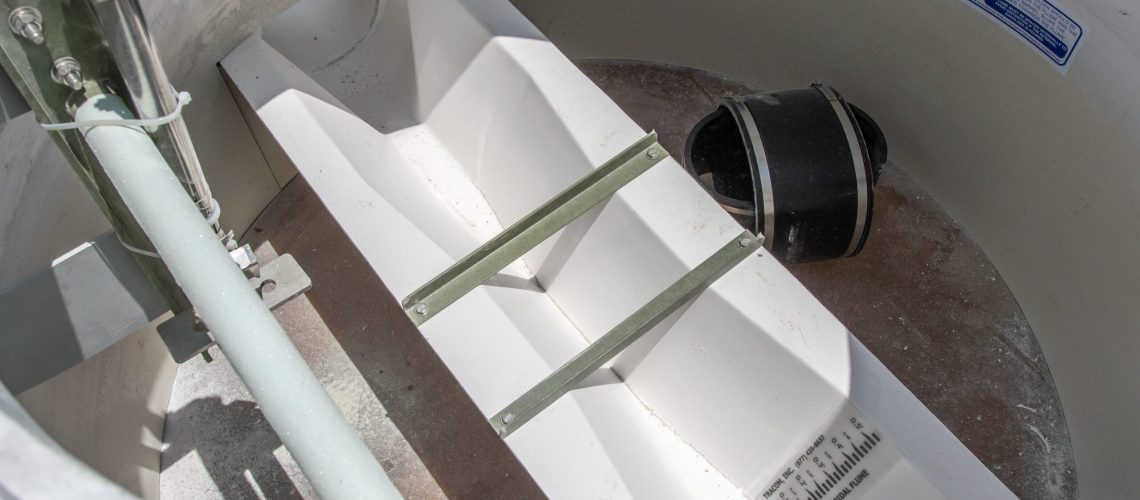When you’re looking to get a flume for flow measurement, there are quite a few options to choose from. Different styles of flumes are designed for different flow channel conditions, so you’ll need to find the right style that’s suitable for your unique situation. Learn how to select the right flume, and discover which style will work best for your needs.
Parshall
Among the most common styles of flumes, you’ll find the Parshall. This is the most widely known and common kind of flume, and that’s no accident. The research on this flume is extensive, so taking accurate measurements is remarkably easy. Parshall flumes take on an hourglass shape and are generally similar when changing the scale, but they’re not exactly the same ratio all the time for every size. These flumes work best in most standard flow channels.
Montana
The Montana flume is essentially a Parshall flume that’s missing its throat and discharge sections. Because of this, the Montana flume is only really applicable in flow channels that have free-spilling discharge. It uses the same flow equations as the Parshall, however, so it’s easy to take measurements. Keep in mind that the Montana flume isn’t widely utilized, so you may have to make a special request for some manufacturers to get you one.
Palmer-Bowlus
While other flumes are often implemented within new flow channels, Palmer-Bowlus flumes are designed specifically to work in pipes and conduits that already exist, Given the nature of a piped flow, a Palmer-Bowlus flume typically has quite long upstream requirements, so there may have to be extensive conditioning. Additionally, a Palmer-Bowlus may require some extra maintenance if it has a raised throat because this can result in sediment buildup over time.
Trapezoidal
Trapezoidal flumes are specifically designed to work in established irrigation channels to pass solids easily. They have a high submergence transition that makes them easy to install in flat flow channels, and they can handle a wide range of flow types without sacrificing accuracy. Trapezoidal flumes are also flat-bottomed, so they’re easy to install.
Cutthroat
Think of a cutthroat flume as a Parshall that doesn’t need an invert drop. The name comes from the fact that this flume doesn’t have an extended throat. It’s also flat-bottomed, so passing solids is fairly easy, and it has a greater submergence transition than a standard Parshall. The only thing you really have to worry about is upstream conditions, as they can significantly impact a cutthroat’s ability to provide accurate flow rate measurements.
RBC
An RBC flume is designed to be integrated into furrows and ditches. They have high submergence transitions and offer pinpoint accuracy. There are five different sizes of RBC flumes, and they’re all scales of each other. Just watch out for sediment collection in the raised throat section.
Flumes at Tracom
Now that you know how to select the right flume, it’s time to make your pick. When you work with Tracom, you’ll not only have access to all the available flume types, but you can even customize your flume to fit your unique flow channel conditions. Contact us today to get started!



